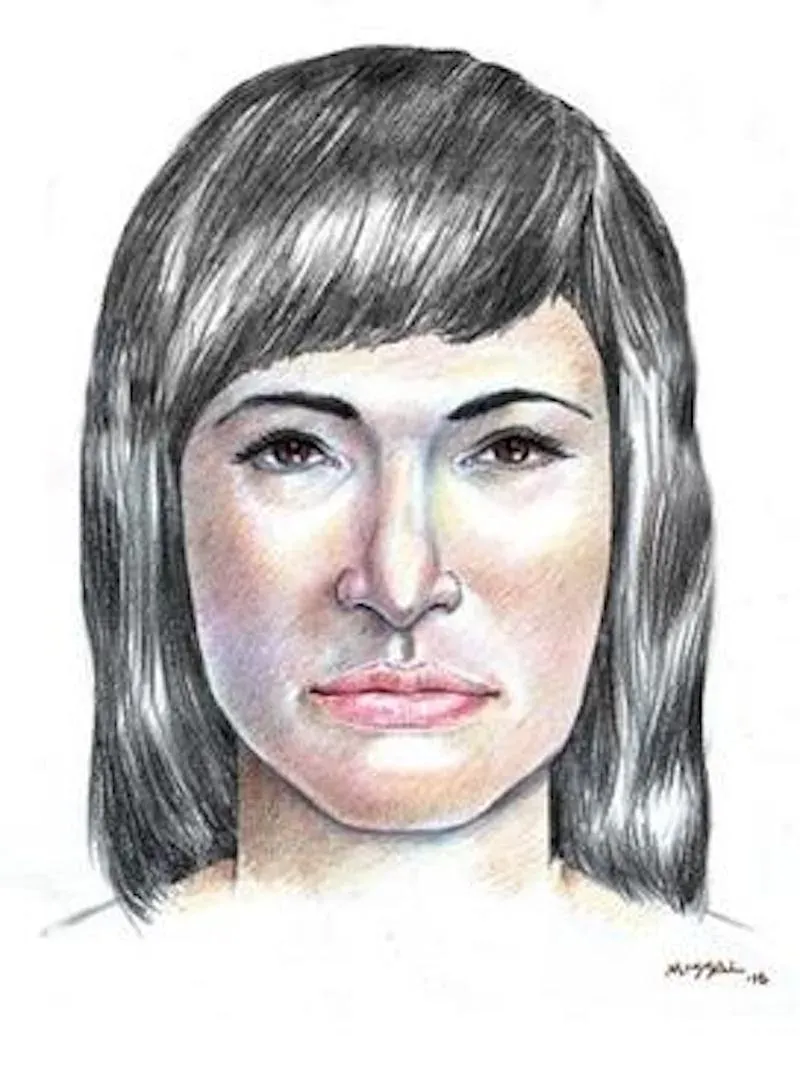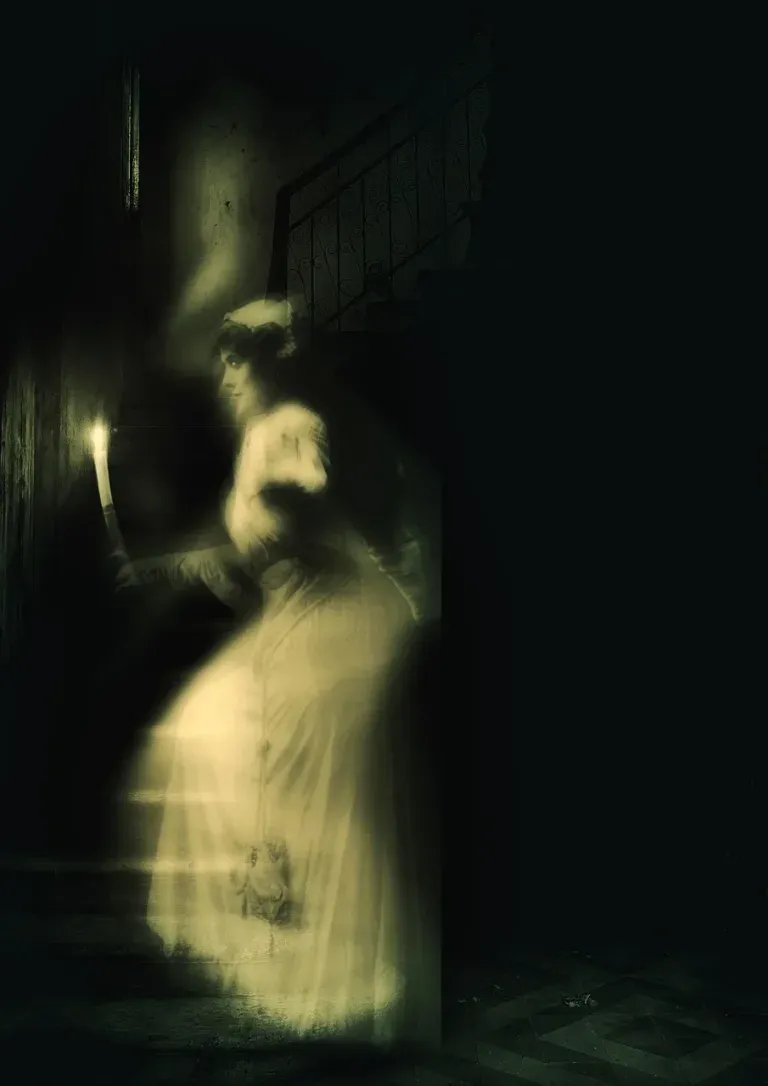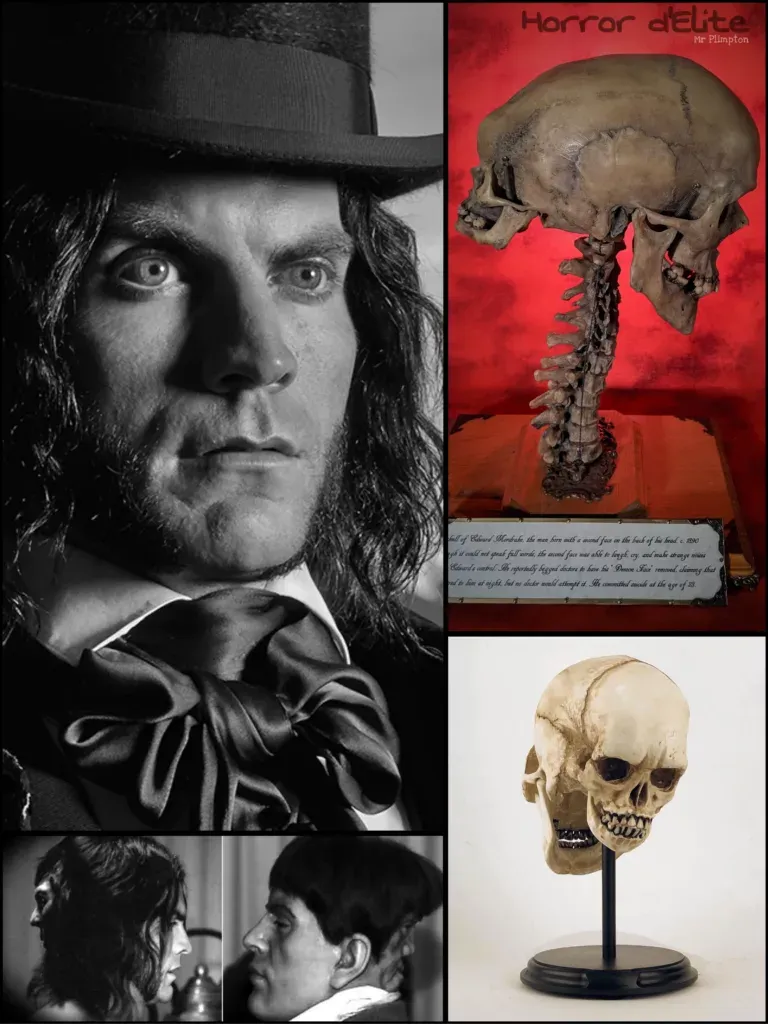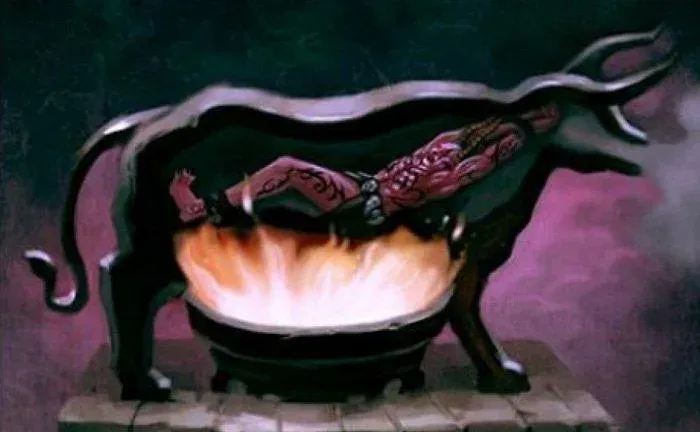The Unsolved Mystery of the “Isdal Woman”
The Unsolved Mystery of the “Isdal Woman”
In the cold Norwegian winter of 1970, a mystery unfolds where certainties dissolve into a fog of unanswered questions. The intricate and dark plot seems straight out of a spy novel, with a nameless victim and a story lost among shadows and suspicions.
A Fatal Encounter in the Shadows of Isdalen

It all begins by chance, on a cold afternoon of November 29, 1970. A man, accompanied by his two daughters, explores the sinister Death Valley, a place whose name evokes ancient suicides and fatal accidents. As they walk among the rocks of Mount Ulriken, near Bergen, a macabre discovery awaits them: the semi-charred body of a woman, hidden among the boulders. The wind carries the acrid smell of burnt flesh, which piques the children’s curiosity and alerts the first police officers to arrive at the scene.
A Body Without Identity

The investigation immediately faces difficulties. Next to the body, there are twelve phenobarbital pills, remnants of a packed lunch, an empty bottle of St. Halivards liquor, two plastic bottles impregnated with gasoline, a silver spoon with a partially removed monogram, clothes without labels, a passport cover, a watch and a pair of earrings arranged as if in a macabre ceremony, and a fur hat soaked in gasoline.
Burned Secrets and Dark Trails
The autopsy reveals few details: the woman died from barbiturate and carbon monoxide poisoning, implying she was alive while the fire engulfed her. In her blood, there is a quantity of sleeping pills corresponding to at least 50 pills. The dental fillings, performed with techniques typical of the Far East, Central Europe, or South America, add another piece to the puzzle. The fingerprints are partially erased, the face completely unrecognizable, and the neck bears signs of cut wounds.
Suitcases of Broken Dreams
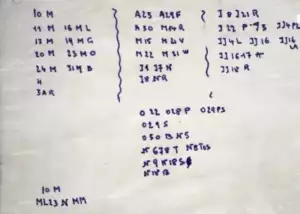

At Bergen railway station, two suitcases linked to the woman offer other cryptic clues: 500 German marks, clothes without labels, a prescription with the date and doctor’s name erased, 130 Norwegian kroner, silver teaspoons similar to the one found at the scene, a pair of glasses, and encrypted notes. Decoded, these reveal the names of cities the woman had visited.
A Life of Suspicions
The testimonies gathered paint an enigmatic figure: tall, beautiful, with short dark hair and brown eyes, between 25 and 40 years old. Hoteliers remember a well-dressed, polite, but mysterious and guarded woman. She often changed rooms in the same hotel, always ordered porridge with milk for breakfast, and wore a black wig. She spoke fluent French, German, and English.
A Trail of Shadows
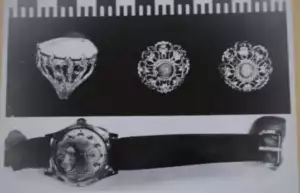
The last documented stay is at the Hotel Hordaheimen, room 407, from November 19 to 23, when she pays in cash and calls a taxi, then disappears without a trace. A witness, in 2005, claimed to have seen her five days before the body was found, followed by two mysterious men, but the police at the time discouraged further questions, defining the case as “international.”
Espionage Hypotheses
Speculation focuses on a possible connection to espionage, in an era of Cold War, with Norway at the center of strategic interests. The woman’s movements coincide with top-secret tests on an American anti-ship missile.
An Identity Vanished in Smoke
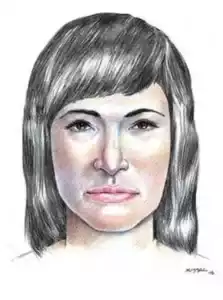
Archived as a suicide, the “Isdal Woman” rests under an anonymous tombstone in the Møllendal cemetery. In 2016, an attempt to solve the mystery led to the creation of new portraits and a DNA profile, suggesting European origins, possibly Franco-German. Yet, the mystery persists, as if the victim herself wished to conceal her identity, remaining forever the enigmatic “Isdal Woman”.
The Unsolved Mystery of the “Isdal Woman”

